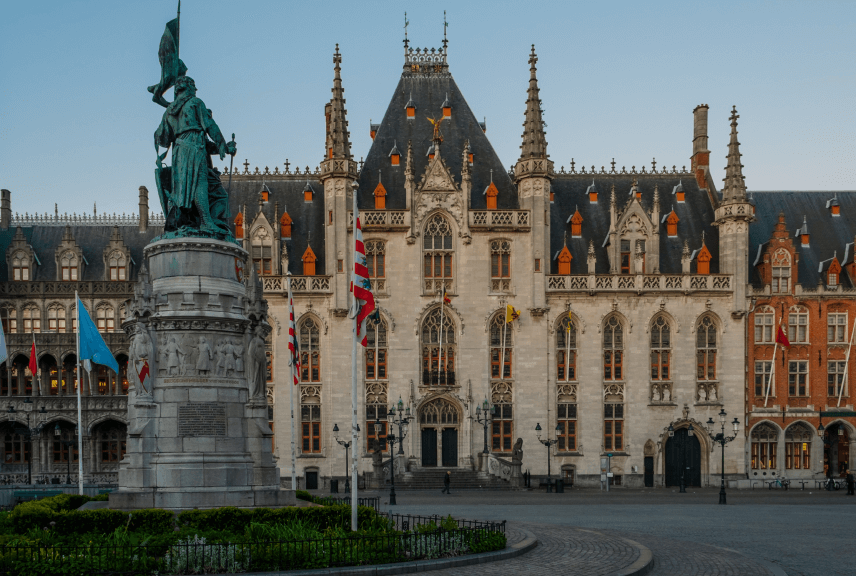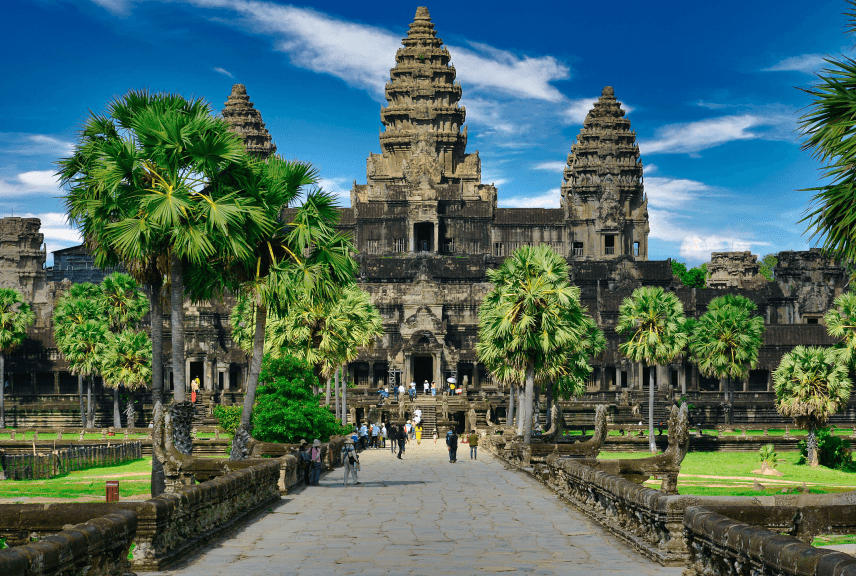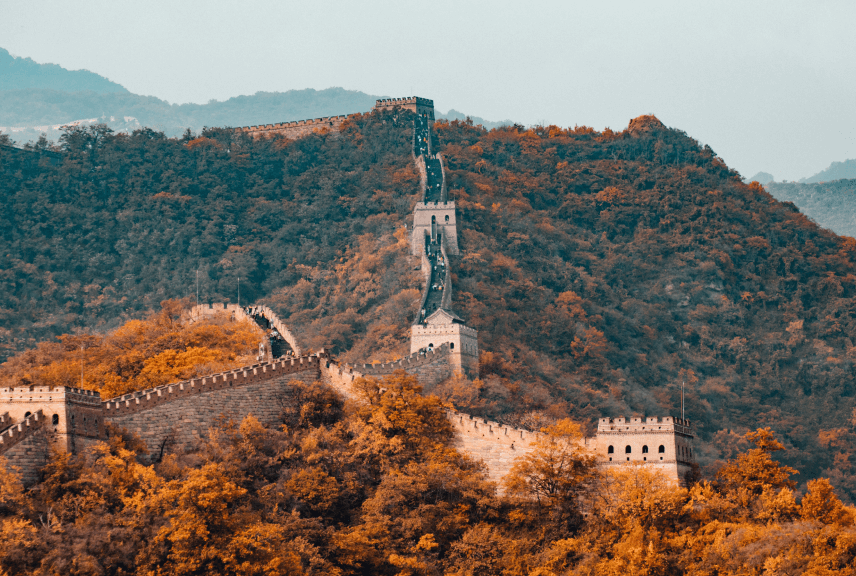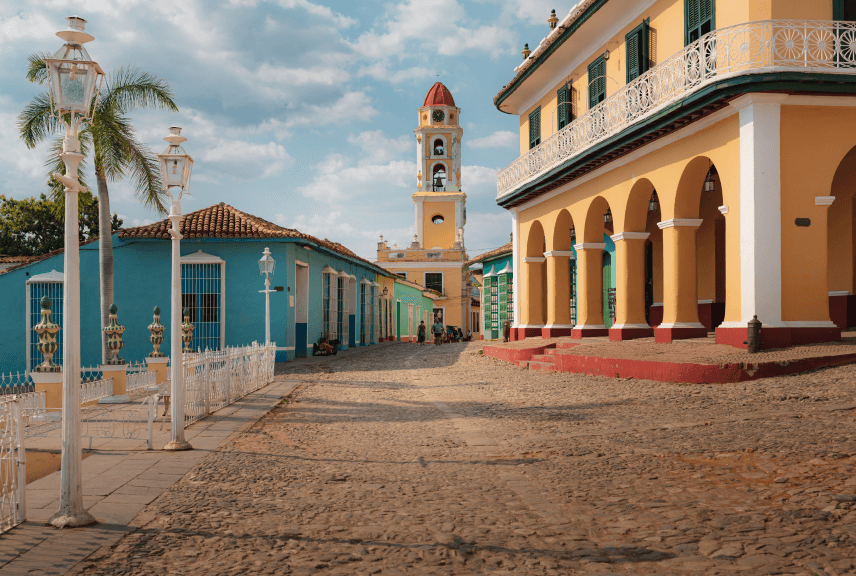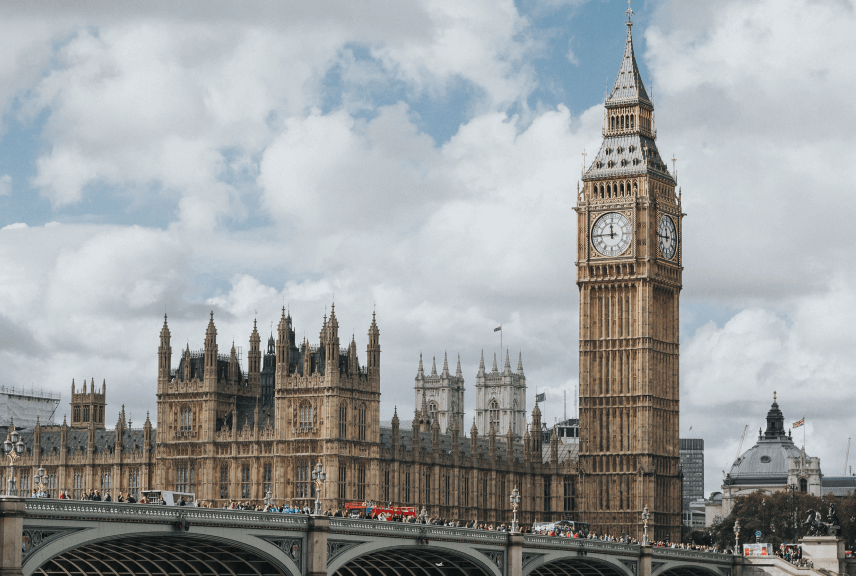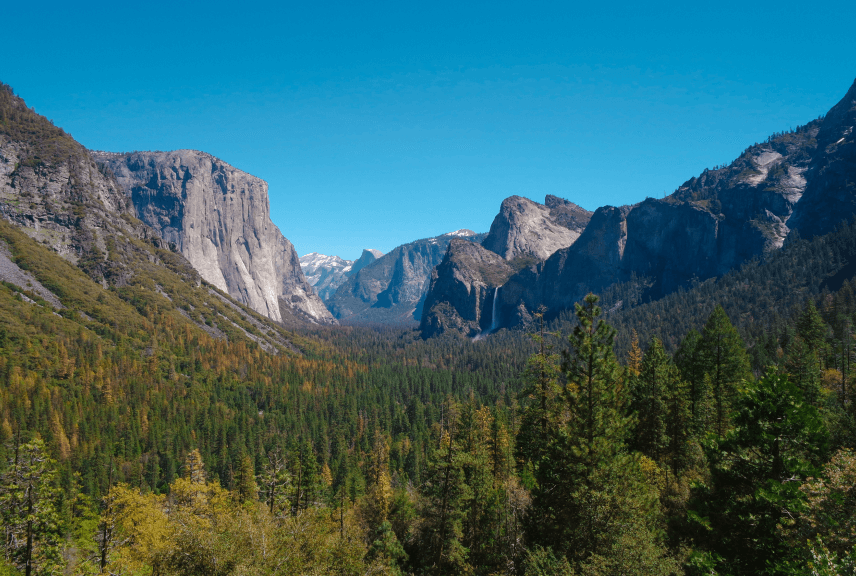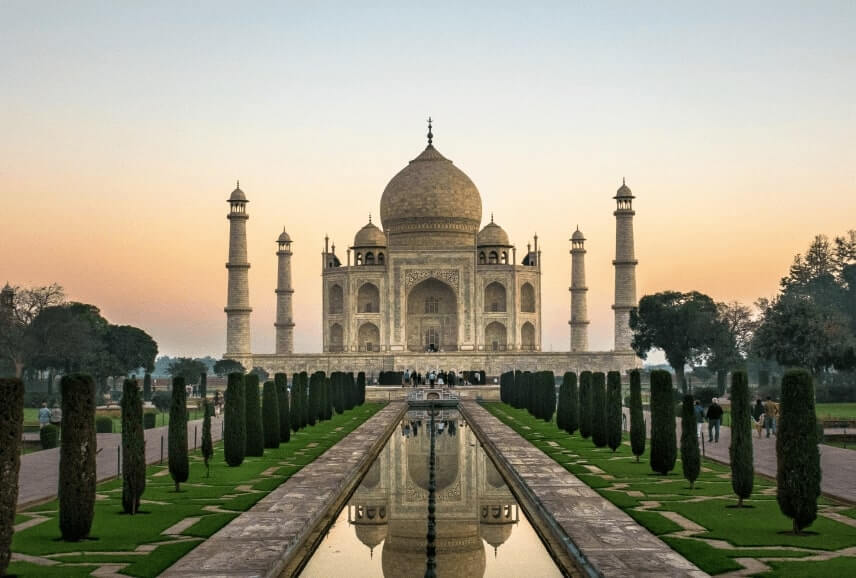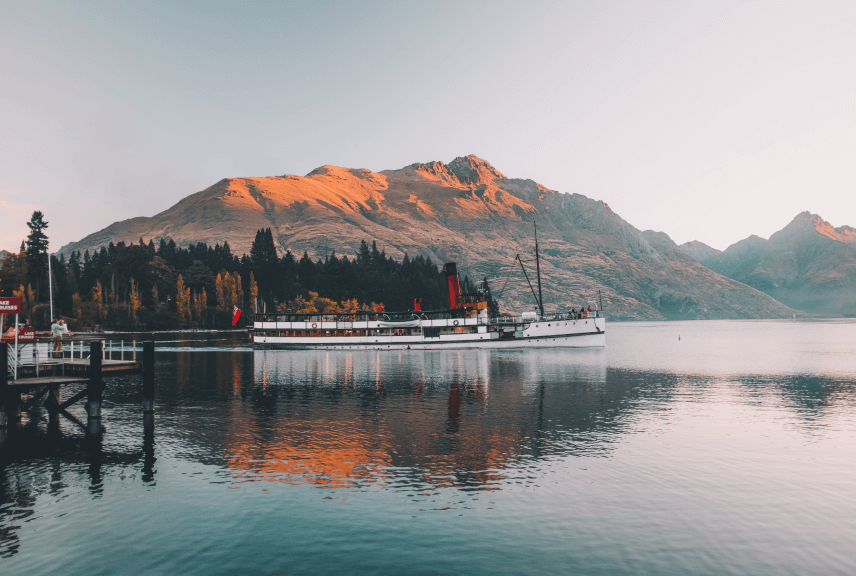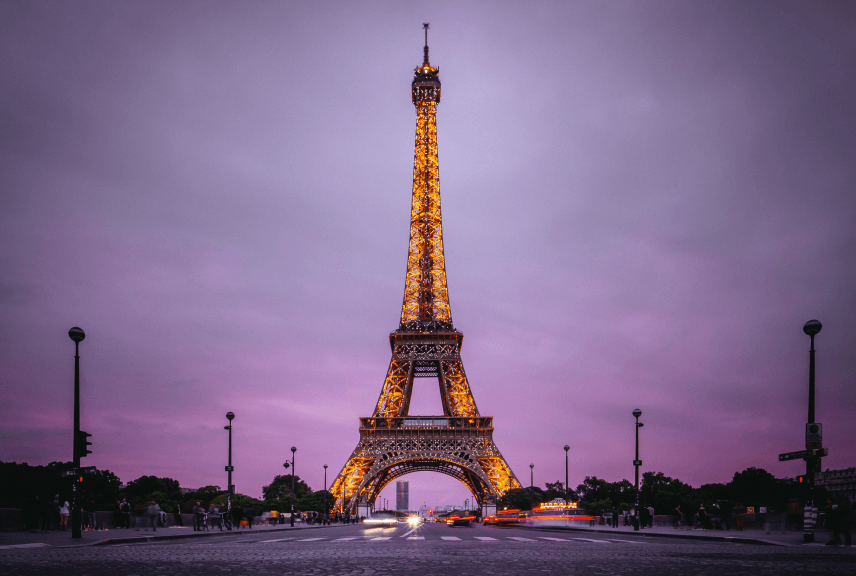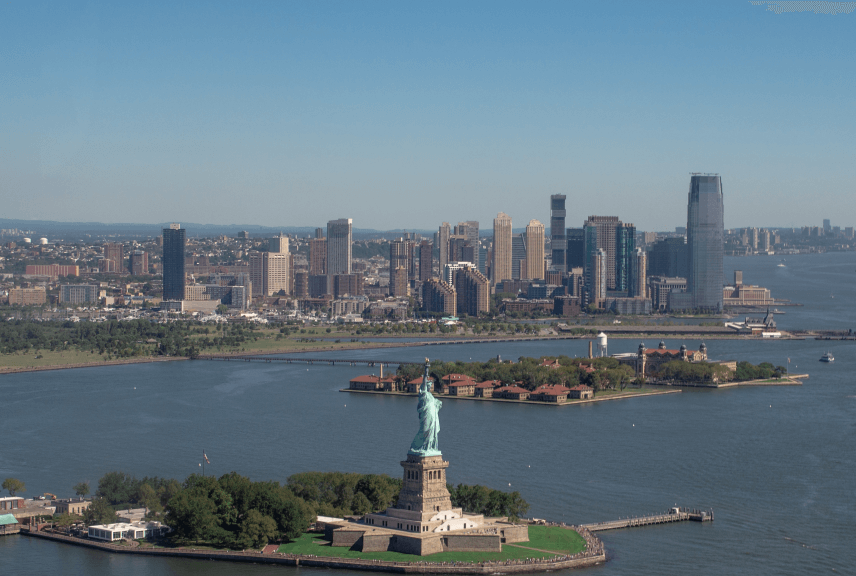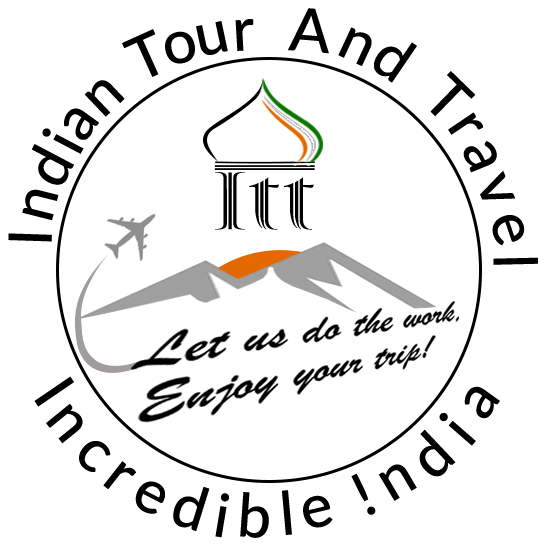India Culture has a rich and unique heritage and has managed to preserve its established traditions throughout India history having always always absorbed customs, traditions and ideas from both invaders and immigrants. India Culture and its many practices, languages, customs and even monuments are examples of this co-mingling over centuries.
India Culture includes such India history as personified by famous monuments such as the Taj Mahal and other examples of Islamic-inspired architecture have been inherited from the Mughal dynasty, perhaps India’s most significant.
This tradition of religious and social fusions has been influenced India culture over many centuries, blending elements from all parts of the country. The distinctive traditions and values and qualities of each of the differing geographic locations contribute to the variety and richness of India.
India culture and lifestyle clearly glorify and exhibit the varied geography from the eternal snows of the Himalayas to the cultivated peninsula of the far South, from the deserts of the West to the humid deltas of the East and the dry heat and cold of the Central Plateau and cool forest foothills.
The food, clothing and habits of an Indian differ in accordance to the place of origin. India’s Culture and Indian society is largely pluralist, multilingual and multicultural. Religious practices of various faiths are an integral part of everyday life in society.
Education is highly regarded by members of every socio-economic stratum and traditional Indian family values are highly respected and considered sacred even with the onset of the nuclear family system. The close association between the fine arts and architecture with religion is best expressed in the Hindu temple. As the focus of religious, social and economic life, it was the creation of architectural genius.
Sculptors and artists as well as thousands of skilled craftsmen contributed their best to create symphonies in stone with every aspect of human existence captured in profuse and intricate detail. The temples at Halebid and Belur in Karnataka carry friezes based on the epics; those at Khajuraho portray an exuberant eroticism; every one of them draws attention to the all pervasiveness of the absolute being that has been manifest through India history.
With the introduction of Islam, architecture entered the tall, wide archways, pointed onion domes, minarets and the prolific use of jalis. Some of the most famous monument of North India, including the Taj Mahal, belong to this period. Floral motifs and calligraphy replaced representation of the human form. Marble and red sandstone came to be the materials of choice, with buildings surrounded by enclosed formal gardens divided into quarters with water features and walking paths.
Under royal patronage, Indian literature, music and dance blended with the poetic tradition of central Asia in new forms and themes. Music and dance are also forms of worship and an intrinsic part of temple culture, particularly in South India. Their portrayal of the gods and their joyous celebration of the many moods of life is in itself an offering and worship. As a melting pot of many religions, India includes a rich diversity of festivals with many being celebrated by one and all.
The most widely known and popular celebrations are the Hindu festivals of Diwali, Holi, and Dussehra. Pongal in Tamil Nadu and Onam in Kerala are harvest festivals celebrated by people belonging to all religions.
There are hundreds of Indian folk and tribal dances and each region has its own unique expression. Indian folk and tribal dances are simple, and performed to express joy. Folk dances are performed for every possible occasion, to celebrate the arrival of seasons, birth of a child, a wedding and festivals. The dances are extremely simple with minimum of steps or movements – a vital part of India culture.
